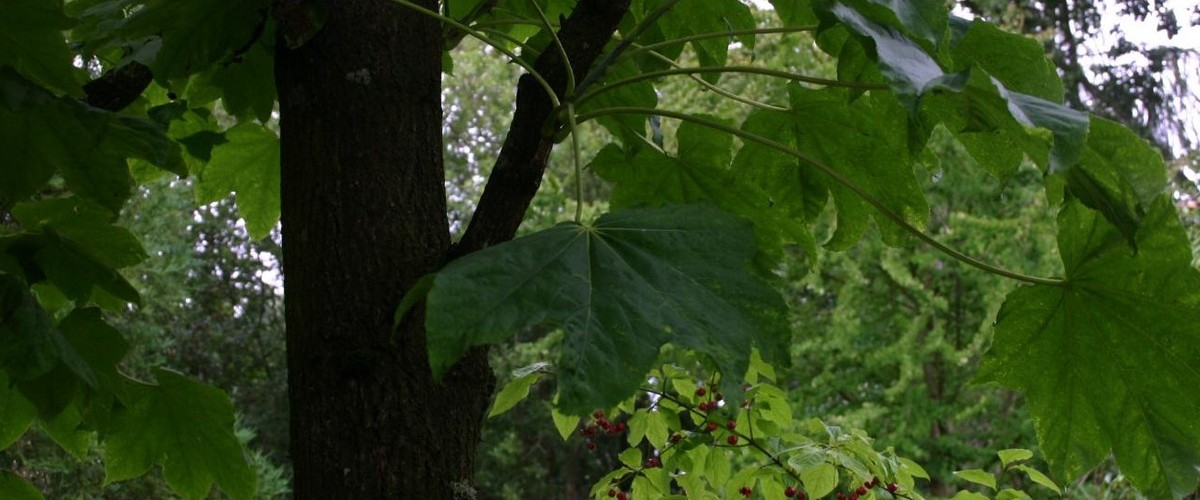Plants are living things that grow in many shapes and sizes, from tiny mosses to towering trees. They can be found all over the world—in forests, deserts, underwater, and even in the cracks of sidewalks. Unlike animals, plants make their own food using sunlight, air, and water through a process called photosynthesis.
Plants are essential for life on Earth. They provide oxygen, food, and shelter for many animals, including humans. Some grow flowers and fruits, while others have leaves or needles. Scientists group plants into categories based on their features, such as whether they have flowers, seeds, or roots.
Types of Plants
| Type | Example Plants | Description |
|---|---|---|
| Trees (Arbores) | Oak, Maple, Baobab | Large plants with woody stems (trunks) that grow tall and live for many years. They provide shade, oxygen, and habitats for animals. |
| Flowers (Angiospermae) | Rose, Sunflower, Lily | Plants that produce colorful blossoms and often fruit. Many attract insects and birds for pollination. |
| Herbs (Herbae) | Basil, Mint, Lavender | Small, soft-stemmed plants often used for food, medicine, or fragrance. Most don’t grow woody stems. |
| Grasses (Poaceae) | Wheat, Bamboo, Lawn Grass | Narrow-leaved plants found in many environments. Some are important food crops or building materials. |
| Ferns (Pteridophyta) | Boston Fern, Staghorn Fern | Non-flowering plants with feathery leaves. They reproduce using spores instead of seeds. |
| Mosses (Bryophyta) | Cushion Moss, Sheet Moss | Tiny green plants that grow in damp places. They don’t have true roots or flowers. |
| Conifers (Gymnospermae) | Pine, Spruce, Cypress | Woody plants with needle-like leaves that produce cones instead of flowers. Many stay green all year. |
| Succulents (Succulentae) | Aloe Vera, Cactus, Jade Plant | Plants with thick, water-storing leaves or stems. They thrive in dry environments. |
